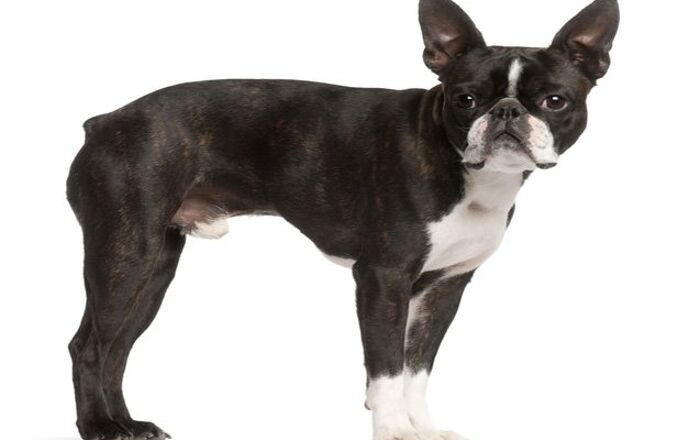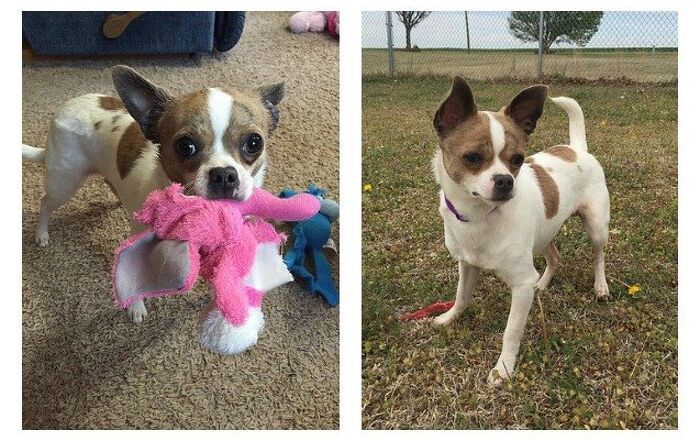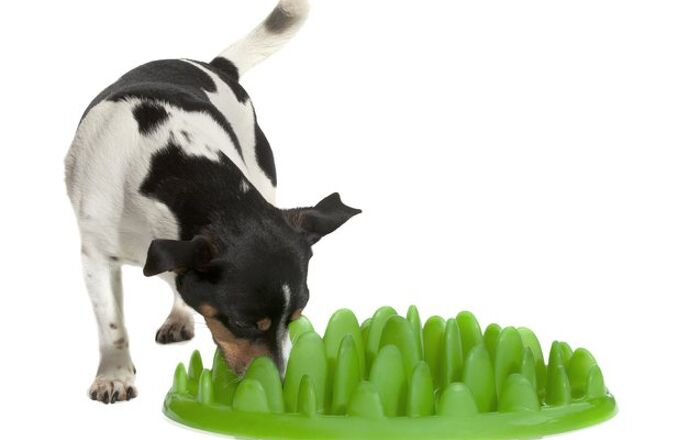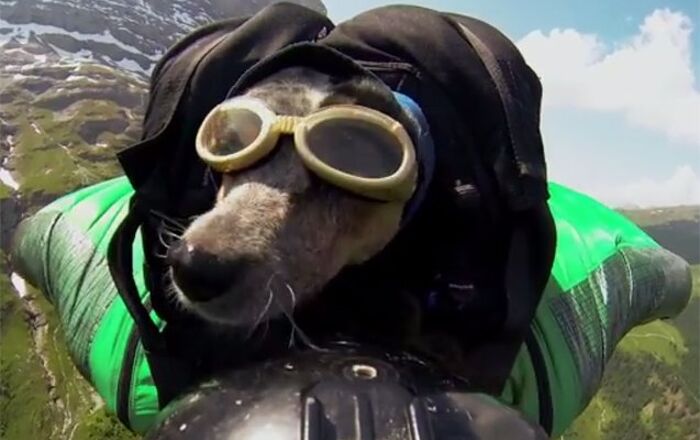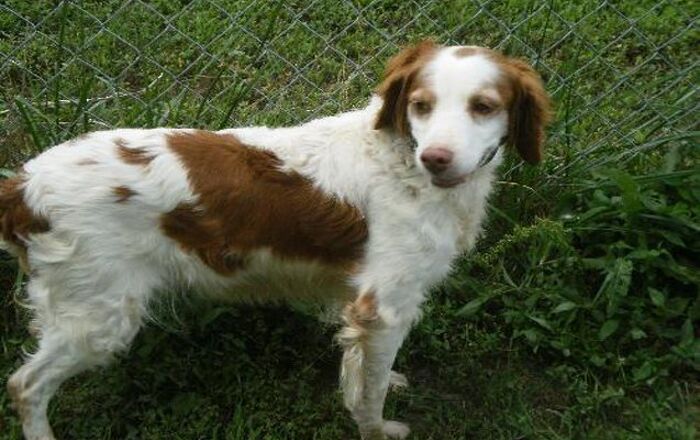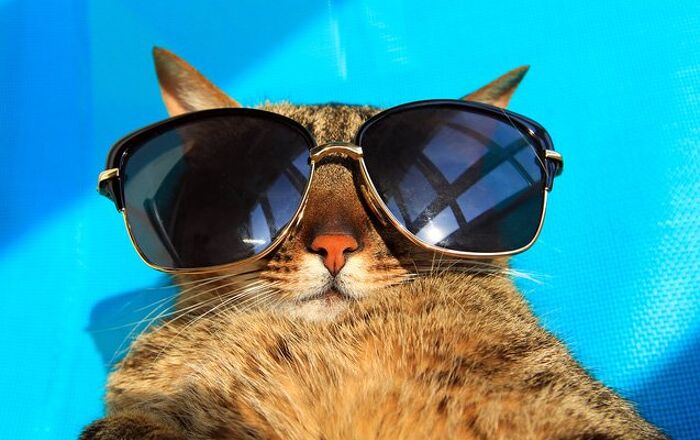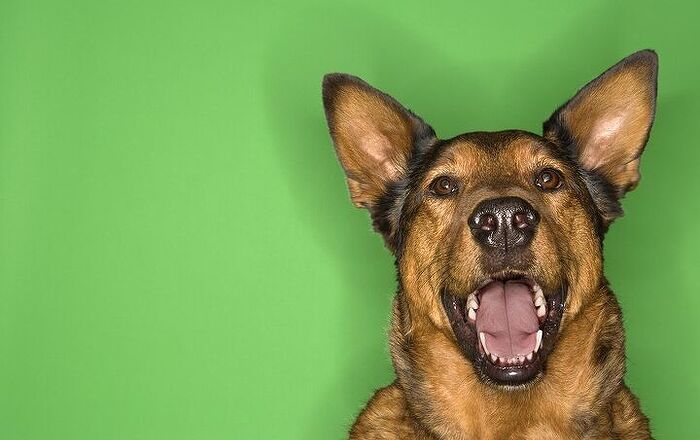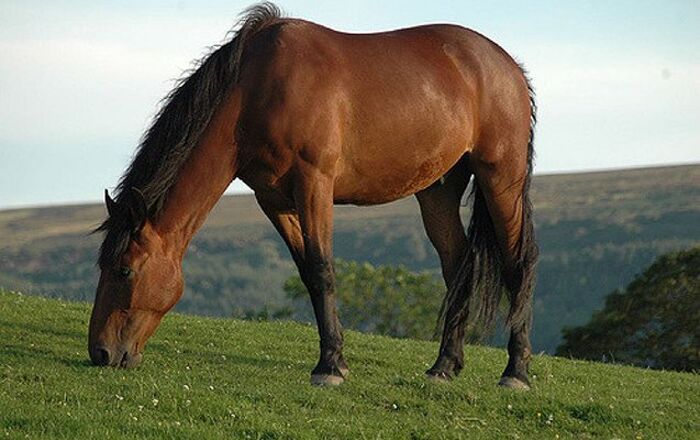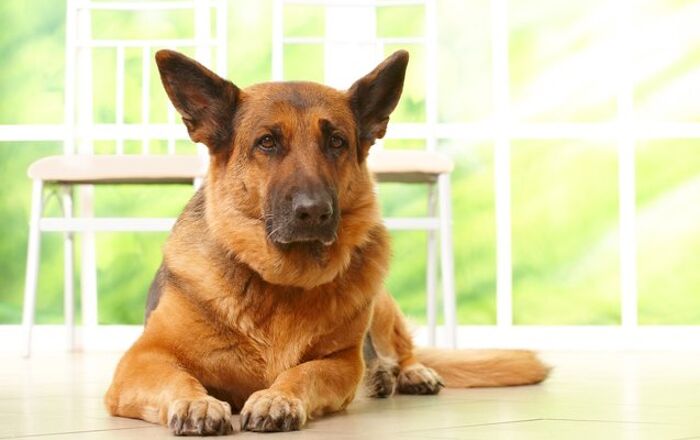
Canadian Eskimo Dog Basics
Like many sled dog breeds, the Canadian Eskimo Dog has a powerful build and a thick coat. These dogs were originally bred to work pulling sleds, but they have also been used to hunt seals and polar bears. If you are looking for a house pet or a lap dog, the Canadian Eskimo Dog is not for you. If, however, you are looking for a tough and active breed, this may be the right choice.
Like many sled dog breeds, the Canadian Eskimo Dog has a powerful build and a thick coat.
Origin
The origins of the Canadian Eskimo Dog can be traced back more than 4,000 years to the Inuit people. This breed was developed for pulling sleds and for hunting. The early Inuits never considered the Canadian Eskimo Dog a pet, or even part of the animal kingdom – it was merely a tool to be used. During the 19th and 20th centuries, the breed’s numbers had declined severely but the dogs were still in demand for use in polar expeditions. By the 1960s, the breed’s numbers had declined so severely that it was removed from both UKC and AKC registries. In 1970 Brian Ladoon started the Eskimo Dog Research Fund in an attempt to increase the breed’s numbers.
Pedigree
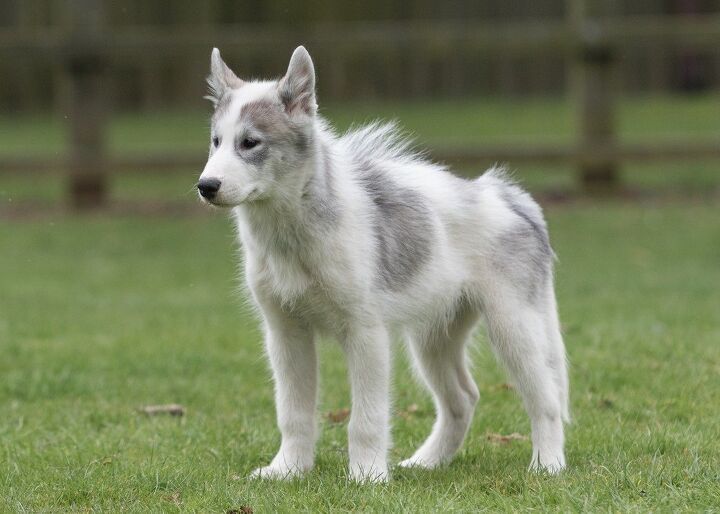
The Canadian Eskimo Dog was bred by the Thule people and has existed in the Arctic region for at least 4,000 years. Some believe the breed is related to (or even the same breed as) the Greenland Dog. This breed is known by several other names including Inuit Husky, Qimmiq, and Gronlandshund.
Food/Diet
Given that the Canadian Eskimo Dog is a fairly large and naturally active breed, you should consider providing him with a dog food formulated for active dogs, particularly one with a high protein content. You should also make sure that the food is formulated to meet the needs of large-breed dogs. If your dog does not receive daily exercise, be very careful not to overfeed him or he may become obese.
These dogs are being kept more often as companion animals and they have the capacity to be gentle and loyal with family.
Training
These dogs are intelligent and trainable. Unlike many spitz-type breeds, they also tend to be fairly submissive – they crave the presence of an authority figure. For this reason, it is recommended that you start training early and maintain a firm and consistent hand in training throughout the dog’s life.
Weight
The Canadian Eskimo Dog is a fairly large breed, though size varies considerably between the sexes. Male Canadian Eskimo Dogs measure up to 37 inches high and weigh between 65 and 105 lbs. at maturity, while females measure up to 24 inches high and weigh between 60 and 95 lbs.
Temperament/Behavior
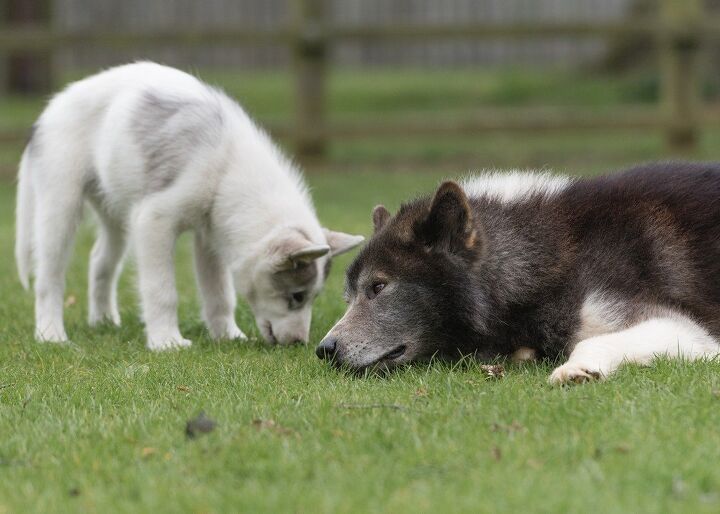
The Canadian Eskimo Dog was originally bred to work, so their temperament was thought of with any great importance. Today, however, these dogs are being kept more often as companion animals and they have the capacity to be gentle and loyal with family. Canadian Eskimo Dogs develop deep, intense bonds with their owner and they can be a fairly vocal. This breed is well suited for outdoor living and they have a higher prey drive than many similar breeds so they should be supervised around cats and other household pets.
Common Health Problems
The Canadian Eskimo Dog is generally a healthy breed not troubled by the consequences of inbreeding due to a large foundation stock. Like all breeds, however, the breed is prone to several minor health issues including hip dysplasia, gastric torsion, entropion, cataracts, heat intolerance, and arthritis.
Life Expectancy
The average lifespan of the Canadian Eskimo Dog is generally between 10 and 15 years. A healthy diet and regular exercise can help preserve the longevity of this breed.
Exercise Requirements
The Canadian Eskimo Dog has high needs for daily exercise because they are a working breed. A simple daily walk will not be adequate for these dogs – they need to run or be given a job to perform. Training the breed for various dog sports such as agility, carting, mushing, or skijoring is recommended to provide them with an adequate outlet for their energy.
Canadian Eskimo Dogs tend to be fairly submissive – they crave the presence of an authority figure.
AKC
The Canadian Eskimo Dog was once recognized by both the UKC and the AKC prior to the 1960s. In 1959, both the AKC and the UKC dropped the Canadian Eskimo Dog from registries citing low numbers. The breed has yet to recover and be accepted by either agency.
Coat
The Canadian Eskimo Dog has a thick, medium-length double coat. The undercoat is dense and soft while the outer coat is long and harsh to protect the dog from cold and harsh weather. The length of the outer coat varies between 3 and 6 inches and, particularly in males, it may form a long mane over the shoulders and around the neck. This breed tends to molt once a year in early fall, though brushing is recommended throughout the year to control shedding.
Puppies
Historically, the Inuit people would train Canadian Eskimo Dogs for the harness as soon as they were old enough to walk – the puppy’s attempt to break free from the harness would teach him the habit of pulling a sledge. By the age of 8 weeks, puppies would be paired with adult dogs and educated in the art of sled pulling.
Photo credit: Karen Appleby/Shutterstock

